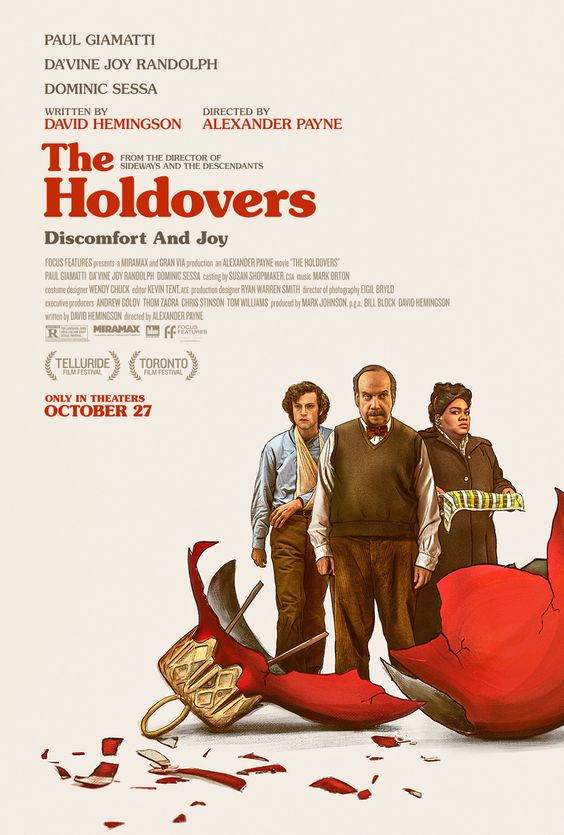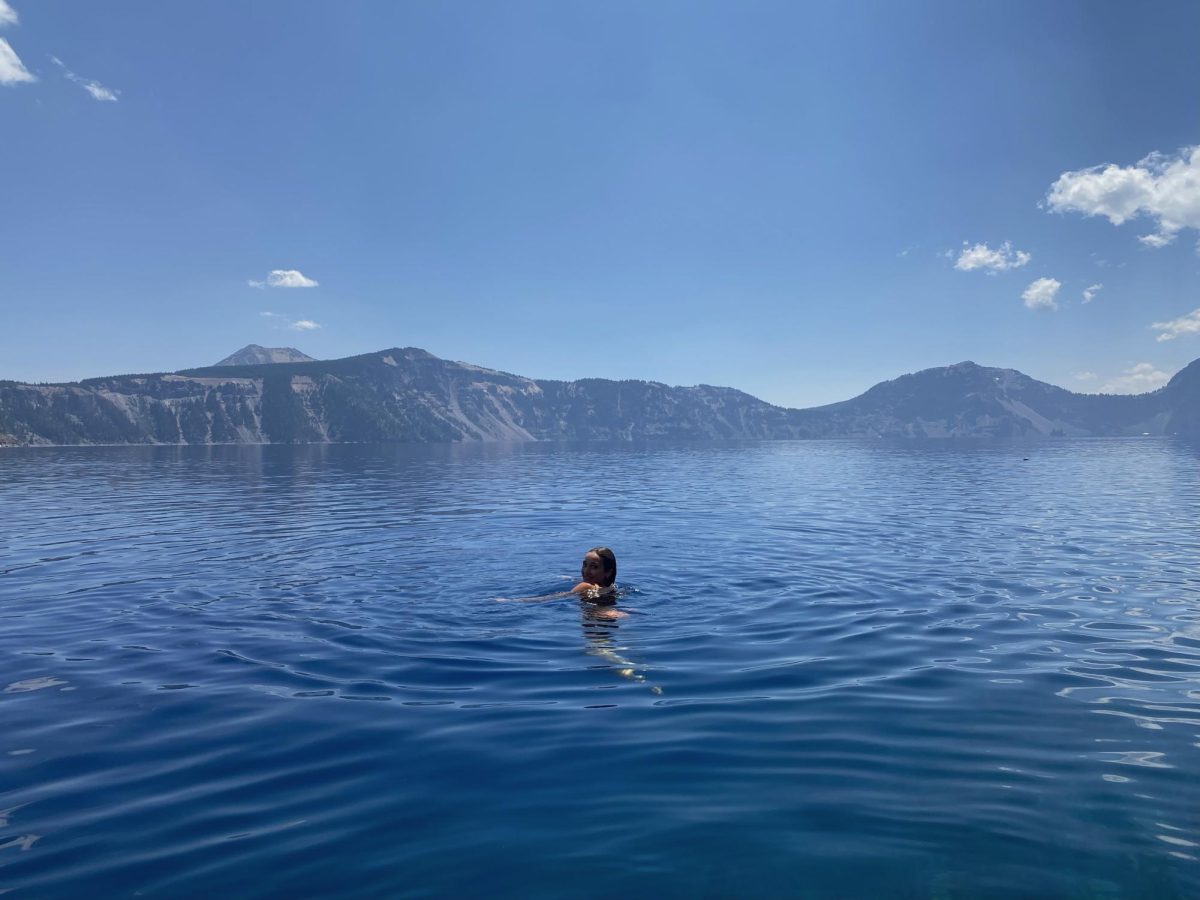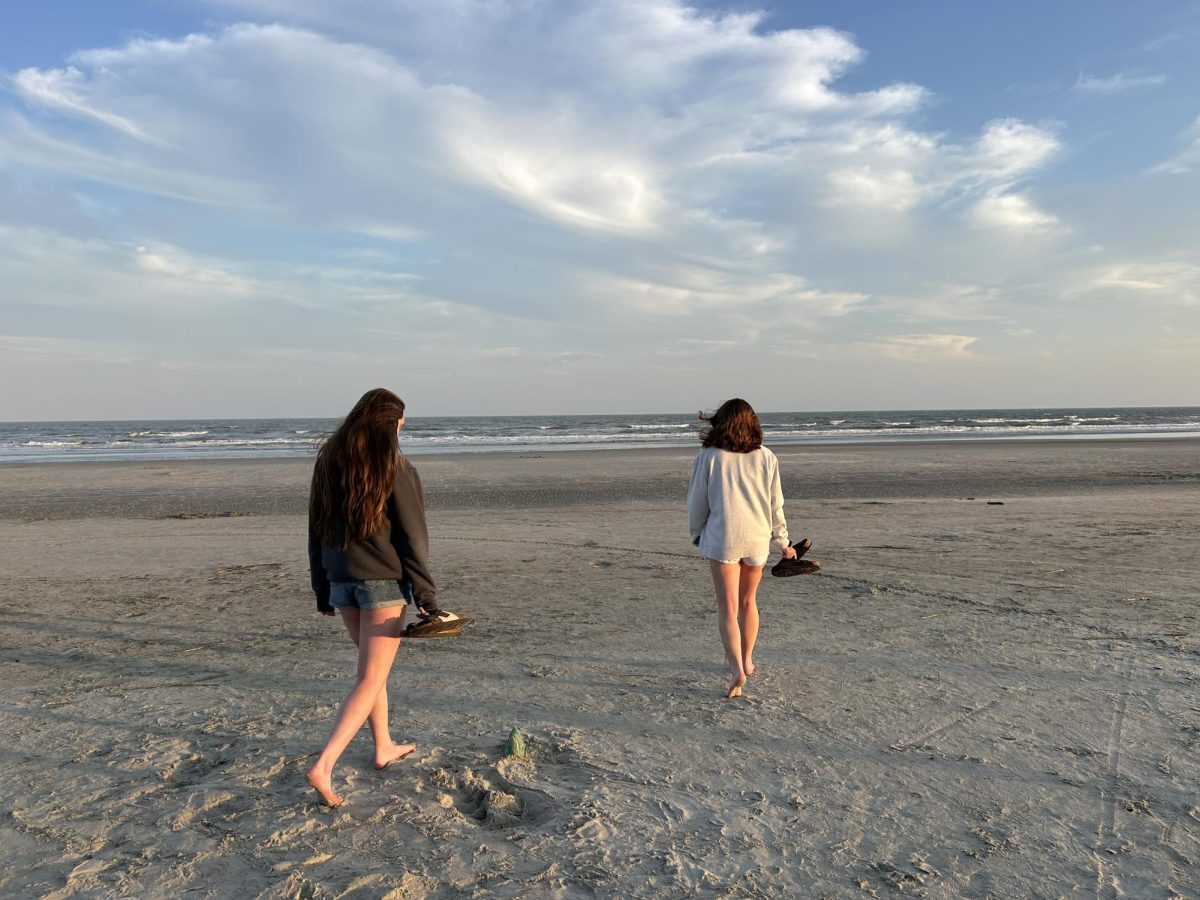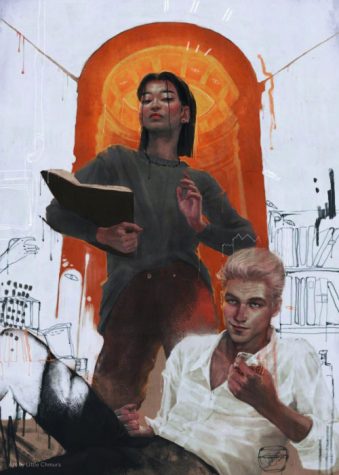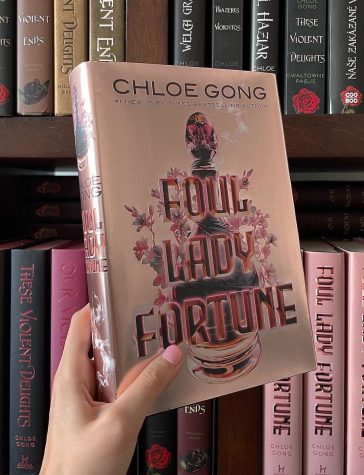Survival of the Sickest will teach you things you never thought you needed to know
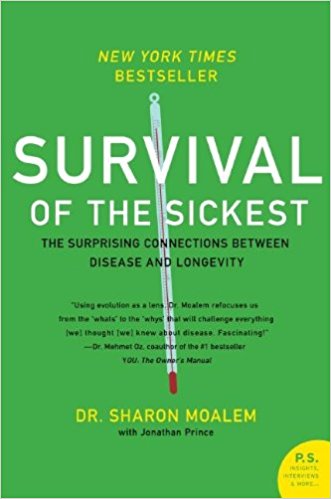
You’ve seen Asian glow– an unfortunate Chinese uncle, only two sips into his dinner toast, yet already bright red in the face. You know people who genuinely can’t stand the bitter taste of coffee– or you are one of those people. You’ve felt the sudden urge to pee while standing out in the cold– a compulsion that seemingly materialized out of nowhere.
But have you ever stopped to wonder why those things happen? Have you ever considered that these traits could be rooted in evolution, both biologically and culturally?
Survival of the Sickest, written by Dr. Sharon Moalem and Jonathan Prince, delves deep into the evolution of life and examines hereditary diseases.
We’ve all learned about natural selection and survival of the fittest: genes that help boost an organism’s survival will allow that organism to reproduce, thus creating a “selection for” a certain type of gene or trait.
If natural selection is valid, wouldn’t it make sense for the eventual disappearance of every genetic disease out there? In theory, shouldn’t these diseases have been “weeded out” a long time ago over the course of many ancestral generations? Why, then, are there still hereditary conditions like hemochromatosis, diabetes, and high blood pressure?
Survival of the Sickest is here to explain.
Mother Nature makes no mistakes, but she definitely creates an infinite number of possibilities. Every living organism has two imperative instincts: survive and reproduce. That being said, any population will favor any trait that aids in the immediate survival and reproduction of the pertinent generation.
Moalem and Prince, both dedicated researchers, carefully lay out the road map of evolution. As they take the reader along the path of a disease’s origin, the audience is exposed to more than just a textbook explanation.
Not only was I receiving a tour guide of genetics, I was learning about random behaviors that I had previously thought were inexplicable (like Asian glow, coffee distaste, and the cold pee).
Moalem knows firsthand the significance of disease evolution. As a child, he watched his grandfather fight against and lose to Alzheimer’s. Determined and working on a hunch, he went into college studying the link between iron buildups and Alzheimer’s, both of which his grandfather had.
Eventually, he found it: a gene connecting hemochromatosis (the iron buildups) and the condition that ultimately took his grandfather.
With his bittersweet victory that came years too late, Moalem set out to discover more with his research. He found out that hemochromatosis was prominent in about a third of people with European descent. When he began seeing symptoms of it in himself, he sought to know why such a harmful genetic disease could once have been- and still is- so widespread.
The personal backstory of the book not only motivated Moalem to spend his life working at his research, but it also gives readers a sense of connection to the material at hand. Every chapter of the book works at a different genetic condition, and every page provides something that every reader can relate to.
Survival of the Sickest is surely one of the most interesting books I’ve ever read, as it provides scientific reasons for phenomena I’ve never bothered to consider.
Who knew that the frequent peeing of diabetics was a form of convergent evolution to sweet wine grapes and hibernating frogs?
Who would have thought that iron deficiency was once an evolutionary advantage, specifically during the time of the Black Death?
Who could have fathomed that eating a certain type of beans could today cause anemia and death, but was once purposefully harvested as a way to survive malaria?
Moalem and Prince depict each of these mysteries so intricately that I became very emotionally invested in their book. I spent hours on end unearthing the next explanations; I eagerly learned about how evolution had significance in my life, as well as in modern society as a whole.
It’s certainly a read that provides application to textbook knowledge while simultaneously teaching information one would never learn in a traditional classroom.
Oh, and for the record:
1) Asian glow is caused by the pigments in Asian skin, mixed with the fact that Asian exposure to alcohol pales in comparison to historical European alcohol use. As a result, Europeans have a certain enzyme that converts the acetaldehyde in alcohol to acetate, while Asians don’t; since the effects of acetaldehyde are more potent than that of acetate, the lack of the conversion causes Asians to feel the hit of drinking faster and stronger than Europeans do.
2) Certain adults, called supertasters, have a special adaptation of tastebuds that makes them overly sensitive to the taste of bitterness; they find grapefruit, coffee, and tea too bitter to consume.
3) Cold diuresis, or the “cold pee,” is your body’s way of getting rid of water in low temperatures. If you were to freeze, the water in your veins would turn into ice shards and pierce through veins; the exile of water is an evolutionary protective measure that once helped people survive ice ages.
But, you’d have to read the book to learn about the rest.
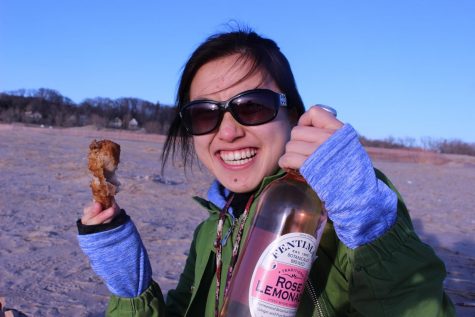
Irene is a senior who loves linguistics, long runs, and laughter. She also enjoys airports, thunderstorms, and long drives to the middle of nowhere.


































